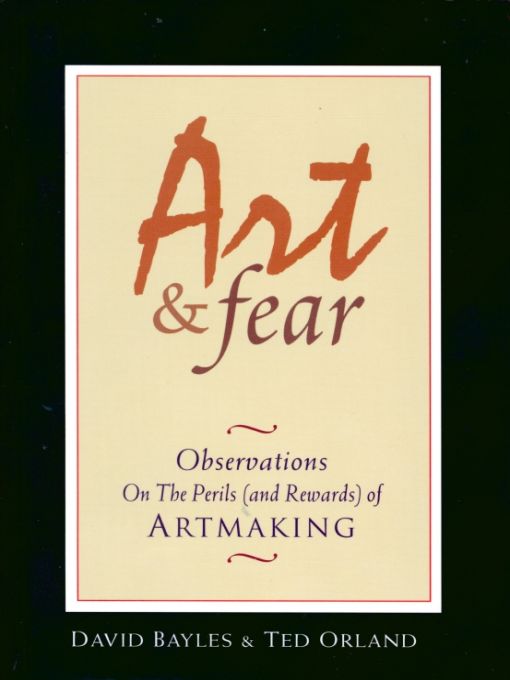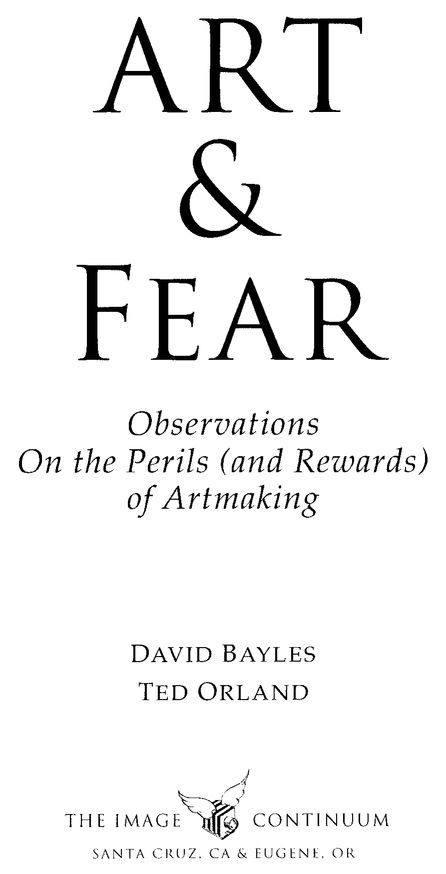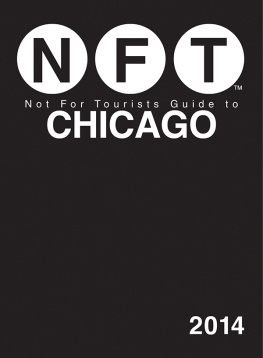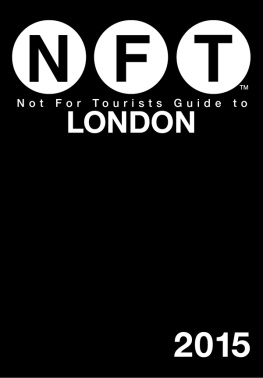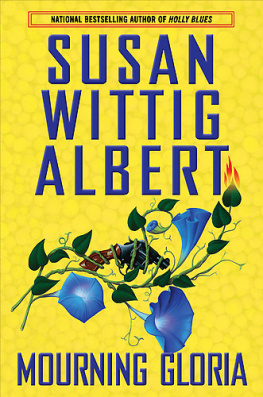Table of Contents
forJon,Shannon &Ezra
INTRODUCTION
THIS IS A BOOK ABOUT MAKING ART. Ordinary art. Ordinary art means something like: all art not made by Mozart. After all, art is rarely made by Mozart-like people essentially (statistically speaking) there arent any people like that. But while geniuses may get made once-a-century or so, good art gets made all the time. Making art is a common and intimately human activity, filled with all the perils (and rewards) that accompany any worthwhile effort. The difficulties artmakers face are not remote and heroic, but universal and familiar.
This, then, is a book for the rest of us. Both authors are working artists, grappling daily with the problems of making art in the real world. The observations we make here are drawn from personal experience, and relate more closely to the needs of artists than to the interests of viewers. This book is about what it feels like to sit in your studio or classroom, at your wheel or keyboard, easel or camera, trying to do the work you need to do. It is about committing your future to your own hands, placing Free Will above predestination, choice above chance. It is about finding your own work.
DavidBayles
Ted Orland
PART I
Writing is easy: all you do is sit staring at a blank sheet of paper until the drops of blood form on your forehead.
Gene Fowler
I.
THE NATURE OF THE PROBLEM
Life is short, art long, opportunity fleeting, experience treacherous, judgement difficult.
Hippocrates (460-400 B.C.)
MAKING ART IS DIFFICULT. We leave drawings unfinished and stories unwritten. We do work that does not feel like our own. We repeat ourselves. We stop before we have mastered our materials, or continue on long after their potential is exhausted. Often the work we have not done seems more real in our minds than the pieces we have completed. And so questions arise: How does art get done? Why, often, does it not get done? And what is the nature of the difficulties that stop so many who start?
These questions, which seem so timeless, may actually be particular to our age. It may have been easier to paint bison on the cave walls long ago than to write this (or any other) sentence today. Other people, in other times and places, had some robust institutions to shore them up: witness the Church, the clan, ritual, tradition. Its easy to imagine that artists doubted their calling less when working in the service of God than when working in the service of self.
Not so today. Today almost no one feels shored up. Today artwork does not emerge from a secure common ground: the bison on the wall is someone elses magic. Making art now means working in the face of uncertainty ; it means living with doubt and contradiction, doing something no one much cares whether you do, and for which there may be neither audience nor reward. Making the work you want to make means setting aside these doubts so that you may see clearly what you have done, and thereby see where to go next. Making the work you want to make means finding nourishment within the work itself. This is not the Age of Faith, Truth and Certainty.
Yet even the notion that you have a say in this process conflicts with the prevailing view of artmaking today namely, that art rests fundamentally upon talent, and that talent is a gift randomly built into some people and not into others. In common parlance, either you have it or you dont great art is a product of genius, good art a product of near-genius (which Nabokov likened to Near-Beer), and so on down the line to pulp romances and paint-by-the-numbers. This view is inherently fatalistic even if its true, its fatalistic and offers no useful encouragement to those who would make art. Personally, well side with Conrads view of fatalism: namely, that it is a species of fear the fear that your fate is in your own hands, but that your hands are weak.
But while talent not to mention fate, luck and tragedy all play their role in human destiny, they hardly rank as dependable tools for advancing your own art on a day-to-day basis. Here in the day-to-day world (which is, after all, the only one we live in), the job of getting on with your work turns upon making some basic assumptions about human nature, assumptions that place the power (and hence the responsibility) for your actions in your own hands. Some of these can be stated directly:
A FEW ASSUMPTIONS
ARTMAKING INVOLVES SKILLS THAT CAN BE LEARNED. The conventional wisdom here is that while craft can be taught, art remains a magical gift bestowed only by the gods. Not so. In large measure becoming an artist consists of learning to accept yourself, which makes your work personal, and in following your own voice, which makes your work distinctive. Clearly, these qualities can be nurtured by others. Even talent is rarely distinguishable, over the long run, from perseverance and lots of hard work. Its true that every few years the authors encounter some beginning photography student whose first-semester prints appear as finely crafted as any Ansel Adams might have made. And its true that a natural gift like that (especially coming at the fragile early learning stage) returns priceless encouragement to its maker. But all that has nothing to do with artistic content. Rather, it simply points up the fact that most of us (including Adams himself!) had to work years to perfect our art.
ART IS MADE BY ORDINARY PEOPLE. Creatures having only virtues can hardly be imagined making art. Its difficult to picture the Virgin Mary painting landscapes. Or Batman throwing pots. The flawless creature wouldnt need to make art. And so, ironically, the ideal artist is scarcely a theoretical figure at all. If art is made by ordinary people, then youd have to allow that the ideal artist would be an ordinary person too, with the whole usual mixed bag of traits that real human beings possess. This is a giant hint about art, because it suggests that our flaws and weaknesses, while often obstacles to our getting work done, are a source of strength as well. Something about making art has to do with overcoming things, giving us a clear opportunity for doing things in ways we have always known we should do them.
MAKING ART AND VIEWING ART ARE DIFFERENT AT THEIR CORE. The sane human being is satisfied that the best he / she can do at any given moment is the best he/she can do at any given moment. That belief, if widely embraced, would make this book unnecessary, false, or both. Such sanity is, unfortunately, rare. Making art provides uncomfortably accurate feedback about the gap that inevitably exists between what you intended to do, and what you did. In fact, if artmaking did not tell you (the maker) so enormously much about yourself, then making art that matters to you would be impossible. To all viewers but yourself, what matters is the product: the finished artwork. To you, and you alone, what matters is the process: the experience of shaping that artwork. The viewers concerns are not your concerns (although its dangerously easy to adopt their attitudes.) Their job is whatever it is: to be moved by art, to be entertained by it, to make a killing off it, whatever. Your job is to learn to work on your work.
For the artist, that truth highlights a familiar and predictable corollary: artmaking can be a rather lonely, thankless affair. Virtually all artists spend some of their time (and some artists spend virtually all of their time) producing work that no one else much cares about. It just seems to come with the territory. But for some reason self-defense, perhaps artists find it tempting to romanticize this lack of response, often by (heroically) picturing themselves peering deeply into the underlying nature of things long before anyone else has eyes to follow.

